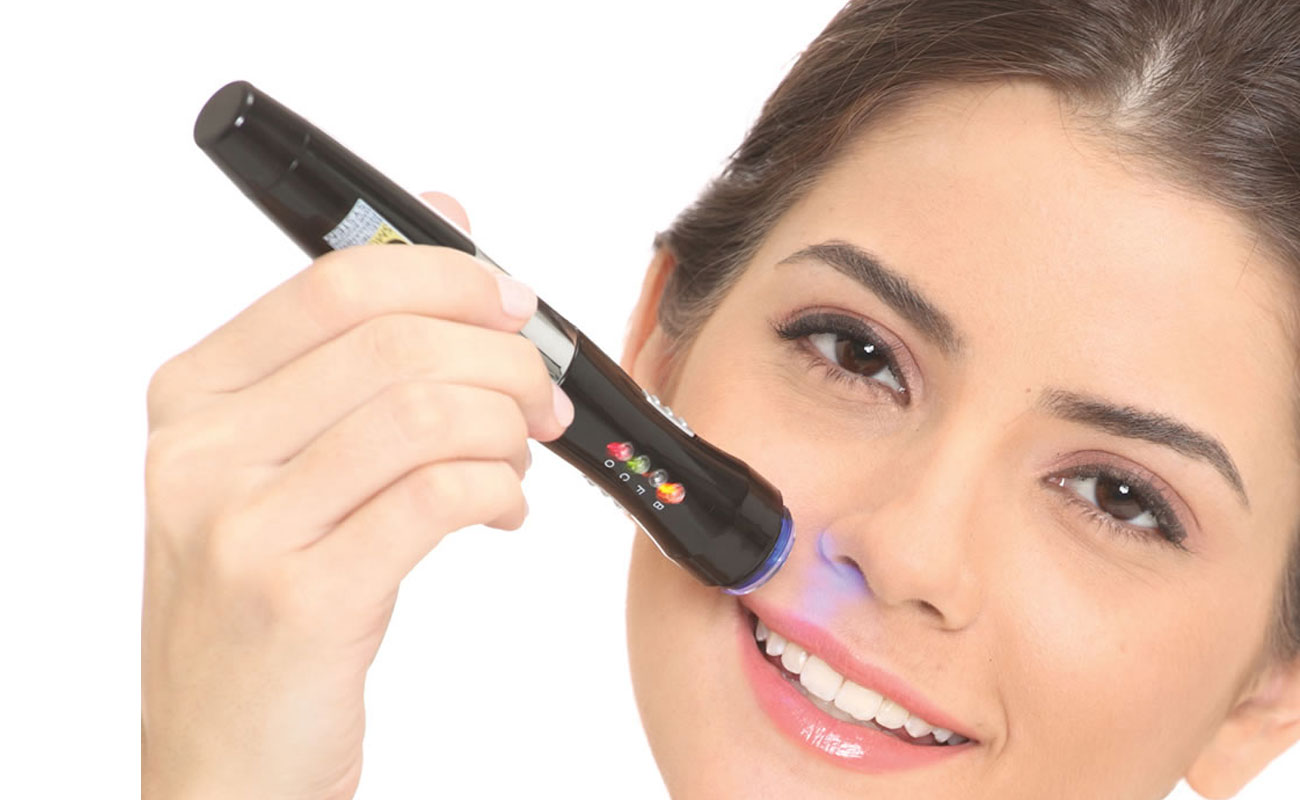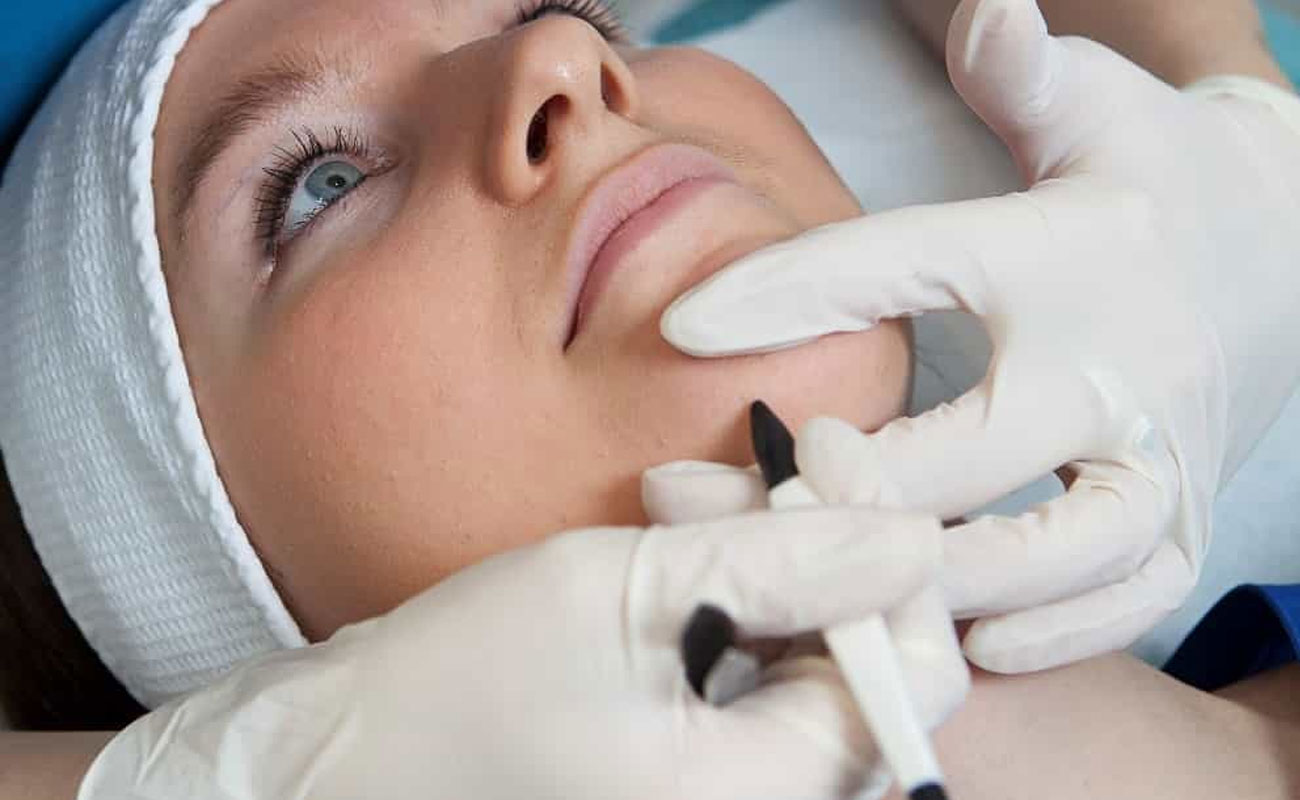Electrolysis is a way of removing individual hairs from the face or body. Today’s medical electrolysis devices, called epilators, destroy the growth center of the hair with a short-wave radio frequency. This is done by inserting a very fine probe into the hair follicle at the surface of the skin. The hair is then removed harmlessly with forceps.

Unlike other hair removal options, professionally performed electrolysis eliminates unwanted hair, permanently, with unsurpassed results. Moreover, it does so for the largest variety of skin and hair types.
Waxing, threading and tweezing are alike. With all of these, ingrown hairs and discoloration may result. Additionally, they may cause an increase in hair growth activity. Depilatories and shaving can cause an irritation to the skin while the hair regrows quickly. These methods can require a lifetime of maintenance. Many can appear inexpensive but cost more due to long term use and are found to be inconvenient.
Hairs have differing cycles of growth, many of which are not visible on the surface of the skin at the same time. The follicle produces the hair from the blood supply, and discards it eventually through shedding.

The process of growth, rest, and replacement are known as the hair growth cycle. Since individual hairs are in different phases of the cycle at any given time, multiple treatments may be required to remove unwanted hair.
Excessive hair growth, also known as hirsutism, can range from fine, vellus hair to dark, coarse hair on the face and body. Breaking down the hair growth cells on deep, coarse hairs may require more than one treatment.
Based on a personal and confidential consultation, your electrologist will design a treatment plan that addresses your specific hair removal needs.
Hair growth is the result of heredity and hormone levels. Also, some drugs, temporary methods of hair removal, and illnesses can stimulate hair growth. Electrolysis may be an option when hair growth is in an area of the body where it may not be desired such as on a woman's upper lip, chin, or bikini line.
Myth: Electrolysis is very painful. For most people, today’s methods don’t cause a lot of pain, but it can hurt. If you find it too uncomfortable, your doctor may be able to give you a topical anesthetic.
Myth: The electric tweezer method is permanent. The FDA and the American Medical Association recognize only electrolysis as a permanent method of removing hair. Some states prohibit those using or selling the electric tweezer from claiming it provides permanent hair removal.
Myth: Temporary methods of hair removal can be better. Chemical depilatories (liquids or creams) are often used to remove body hair. These products contain irritating chemicals and can be time-consuming and messy. Likewise, bleaches contain harsh chemicals and do little to disguise dark hair. They may also discolor skin. Waxing is another temporary method of hair removal and is usually done in salons. A hot wax is applied to the skin and removed once it has dried over the hair. The hair is stripped off when the wax is removed. Waxing can be painful and costly. Home waxing kits are available, but they can be messy and difficult to use. There are electrolysis devices available for home use, but they are often unsafe for use by anyone who is not trained in electrolysis.
A professional electrologist inserts a very fine needle (usually thinner than the hair being treated) into the natural opening of the hair follicle alongside the hair shaft. A tiny amount of electrical current is then applied to destroy the hair growth cells.

Medical electrolysis devices can destroy the hair growth cells with chemical energy, heat energy, or both. The method chosen by the electrologist is the modality. All are effective. There are three modalities in current use:
Galvanic electrolysis is a chemical process. The current produces a chemical reaction in the hair follicle eliminating the hair growth cells.
Thermolysis (also called short-wave) produces heat. This modality heats and destroys the hair growth cells in the follicle. A higher intensity current can be applied for less time in the follicle, or current can be used at lower intensity with longer timing.
The Blend method combines galvanic current with thermolysis current. Thermolysis heats up the chemical reaction in the follicle destroying hair growth cells.
You'll probably feel a momentary heat sensation or pinch. Discomfort is minimal for most people, but individual tolerances vary greatly. Keep in mind that some areas of the body are much less sensitive than others. Many people read, listen to music or even take a nap while being treated.
Immediately following treatment, you may experience slight redness or tenderness which usually disappears in a couple of hours. There is very little risk of complication or serious skin irritation with electrolysis performed by a skilled practitioner. For the first 24 hours following treatment, it's best to avoid activity that could irritate hair follicles such as excessive sweating, tanning and prolonged sun exposure or make-up application.

Depending on the area you want cleared, it could be a few minutes for a followup appointment to an hour for a larger area. Most people who follow the recommended treatment plan can expect to be completed or nearly completed within 18 months. Factors such as hair growth cycles, the quantity and structure of hair presented, previous use of temporary hair removal methods, heredity, hormone function, certain medications and stress influence the treatment program for each individual.
Excessive hair growth, also known as hirsutism, can range from fine, vellus hair to dark, coarse hair on the face and body. Breaking down the hair growth cells on deep, coarse hairs may require more than one treatment. Based on a personal and confidential consultation, your electrologist will design a treatment plan that addresses your specific hair removal needs.
Sources
Submit Comment